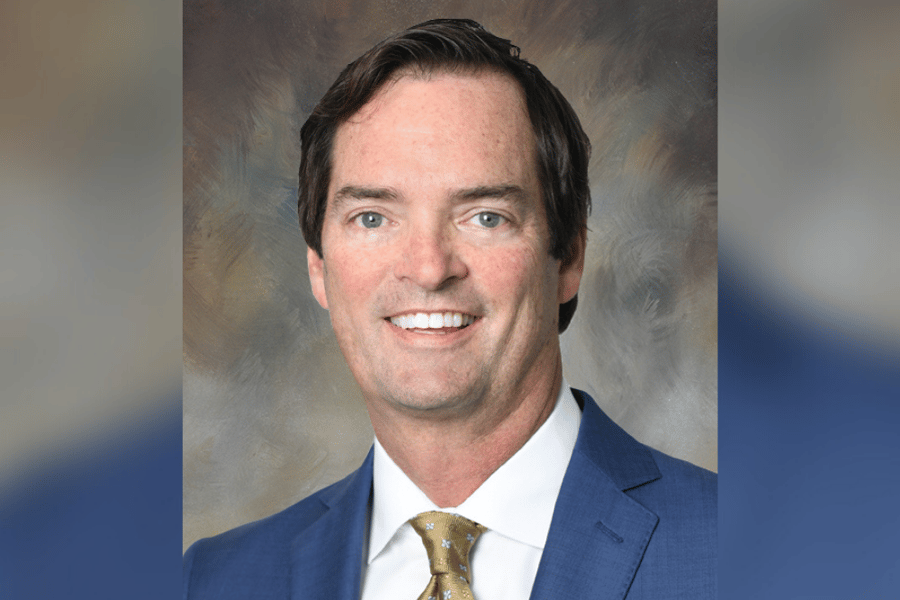Non-QM head explains that the reason behind FHFA decision should be considered closely

The Federal Housing Finance Agency’s decision to scale back its purchases of second-home and investment property mortgages to 7% of a lender’s total pipeline is sending shockwaves throughout the industry. This sudden move has thrown many lenders’ plans into disarray, especially at a time when the market is seeing so many investors in single-family rental (SFR) properties. It has raised questions, as well, around why the FHFA decided to make this move, what this decision means about the quality of these loans, and how lenders and originators can find solutions for investor deals already in their pipeline.
To answer those questions MPA spoke with Tom Hutchens (pictured), executive VP of production at Angel Oak Mortgage Solutions. He explained how his company, a non-QM lender with direct access to private capital, is capturing some of this investment property business. He laid out some of the routes brokers can take to replace what would otherwise be agency-backed volume. He explained, as well, why he thinks the FHFA made this decision and what it means about the quality of these loans.
“It’s really a philosophical belief by the director of the FHFA that government backed loans are not meant to back investors, people buying beach houses, and people getting cash out on their properties. Government backing was always intended to support people buying a home, making the American dream come true,” Hutchens said. “As Fannie and Freddie and the mortgage industry grew, they said well, ‘we can throw some non-owners in there’ and for a while you could only have four investment loans, but then they increased that to 10. But they have a philosophical belief that this is not what the agencies were ever meant to do.”
Read more: How could a COVID variant-led third wave impact the housing market?
In addition to the 7% restriction, the FHFA introduced a trio of risk factors including DTI over 45%, LTV over 85% or credit score under 680. If a borrower has two of these factors, it means they are considered an agency high risk loan, and are put into a lending bucket limited to only 3% of a lender’s refis and 6% of a lender’s purchase loans. Taken with the investment property restrictions, it could be interpreted that this whole move is motivated by risk aversion on the part of the FHFA. Hutchens believes, though, that the philosophy driving this decision means these investment loans are still fundamentally solid.
Angel Oak is already moving to capture those solid loans. It already offers an agency rate sheet on non-owner-occupied loans, but those loans are backed up by private capital accesses through sister company Angel Oak Capital Advisors. That company has a finger on the pulse of investor sentiment, and Hutchens claims they’re seeing real appetite in capital markets to buy up commercial mortgages. Thanks to their access to private capital, Angel Oak can offer loans to qualifying properties at agency rates, but without the 7% volume limit.
It is also ready to step in for lenders who have been thrown into disarray. Hutchens noted that the 7% cap has been applied retroactively over the past 12 months, meaning many lenders have already exceeded their 7% limit. In this confusing gray area, Hutchens emphasized that a non-QM lender like Angel Oak has the means and direct capital access to support originators.
Read more: Realtor shares how to win her business
As brokers look to find buyers for these loans, Hutchens stressed that they should look to non-QM lenders as new partners. At the same time, they should focus on efforts to educate their clients that this decision by the FHFA is driven by philosophy, not risk aversion. That understanding of this change, in Hutchens’ view, will help to calm the market and allow these loans to seamlessly shift from the agencies to private capital, an area where Hutchens believes his company can help brokers and lenders.
“It’s becoming more common knowledge that the agencies don’t think these are risky loans, they just don’t want non-owner-occupied loans to be sponsored by the government,” Hutchens said. “It’s still early in the market, so even lenders like Angel Oak are figuring things out…but brokers should know that we’re an option now.”



